Today we’re taking you back to a time when phones didn’t fit in the palm of your hand, and computers couldn’t beat chess champions at their own game. This Sunday Edition is all about vintage electronics.
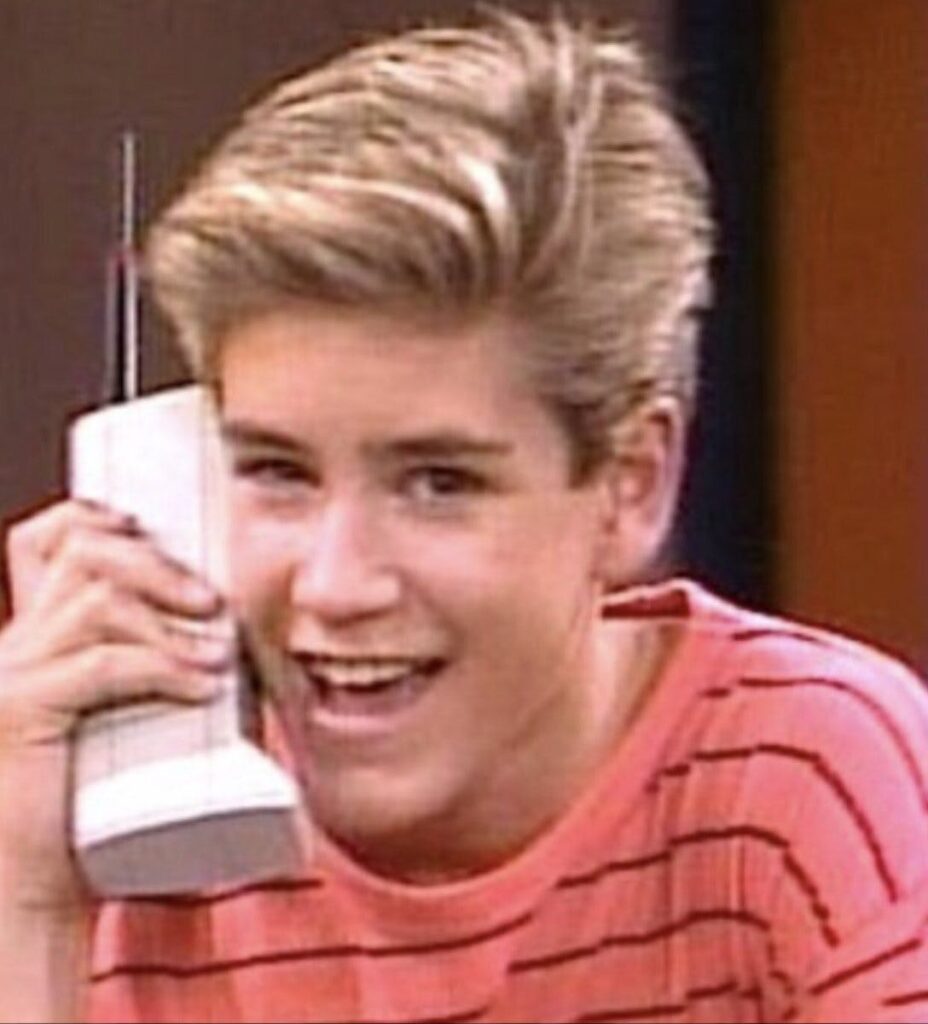
The market for this stuff is a melting pot of nostalgia, style, and functionality. And it’s beginning to surge. Vintage tech resellers are amassing some great inventory, while savvy buyers are getting wiser about value.
Most of this stuff is sitting in a landfill or collecting dust in a box. (Heck, you can even buy “surprise boxes” of electronics, even the owners aren’t sure what’s in there.)
So how do you know what’s valuable and what’s junk?
Let’s find out! 👇
Table of Contents
The dawn of vintage electronics
I think vintage electronics might be one of the more interesting vintage asset class on the market.
But to truly understand what makes these assets valuable, we should look at the origins a bit.
The first electrical circuit was created in 1800 by Alessandro Volta. He discovered he could create a current by running metal strips between two bowls of salt.
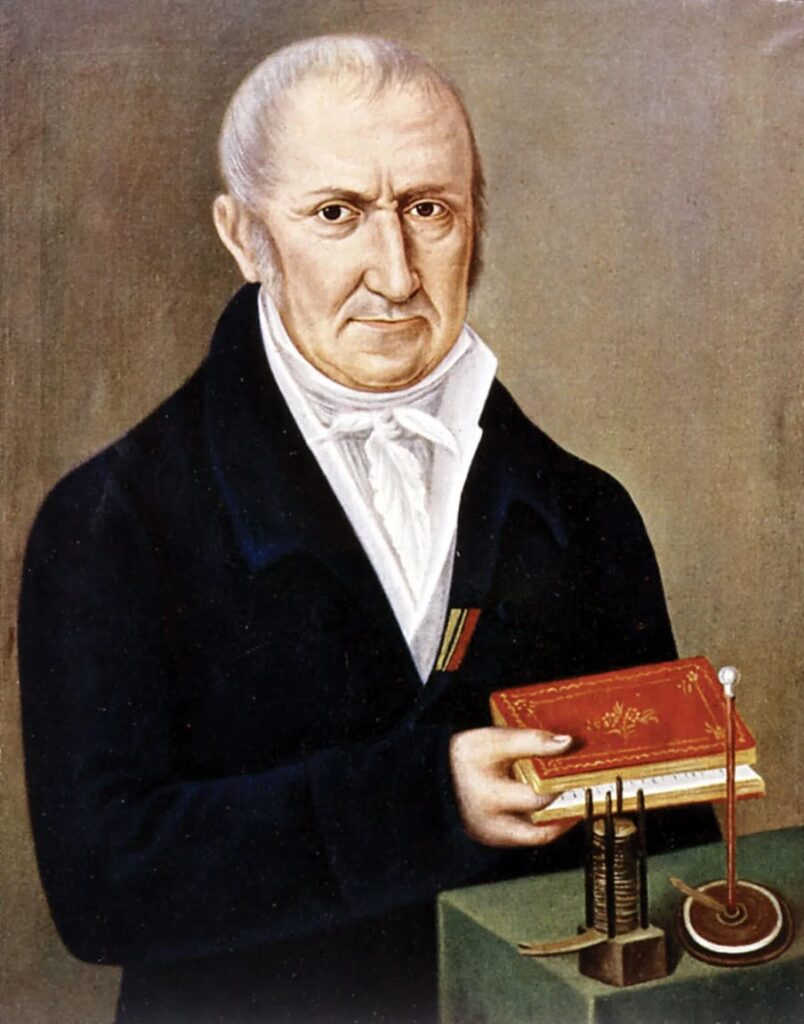
Consumer electronics began about 150 years ago with the “Edison Effect,” which Thomas Edison discovered by accident and patented in 1883. It to new ways to harness electricity and kicked off the era of consumer electronics.
But most popular collectibles have been invented within the last 50 years.

How do you define vintage electronics?
The easiest definition is any electronic device that has been discontinued.
And that’s happening faster than ever. Apple, who sets the pace for all consumer tech, releases new hardware every single year.
Technology moves so fast now that historical significance itself is fast-forwarded. Stuff that feels new-age will be sitting in your basement before you know it.
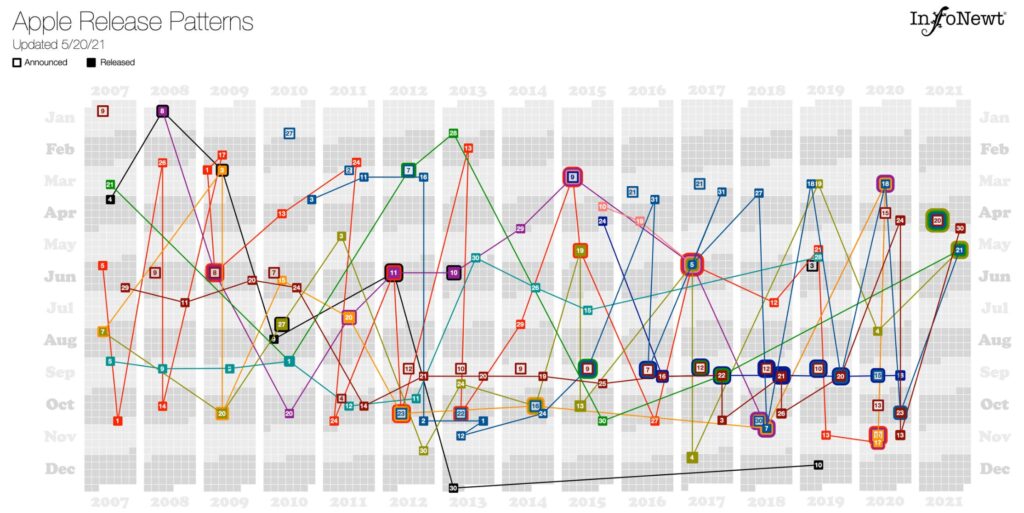
Understanding demand
Rapid tech development cycles mean a product discontinued in the 90s can still be considered “vintage.” And thanks to recency bias, they can be worth oodles more than one from the 30s. Think of it like vinyl records: There’s more consumer demand for Nirvana than Benny Goodman. (Who? Exactly)
It also makes discovery a real possibility. You actually have a chance of stumbling upon a goldmine in your attic or wardrobe.
But the best examples are electronics which never dropped in value to begin with. This is particularly prevalent with vintage audio equipment. While modern high-end audio is all the rage, the best microphones from the 50s have a special warmth and character you can’t find anywhere else.
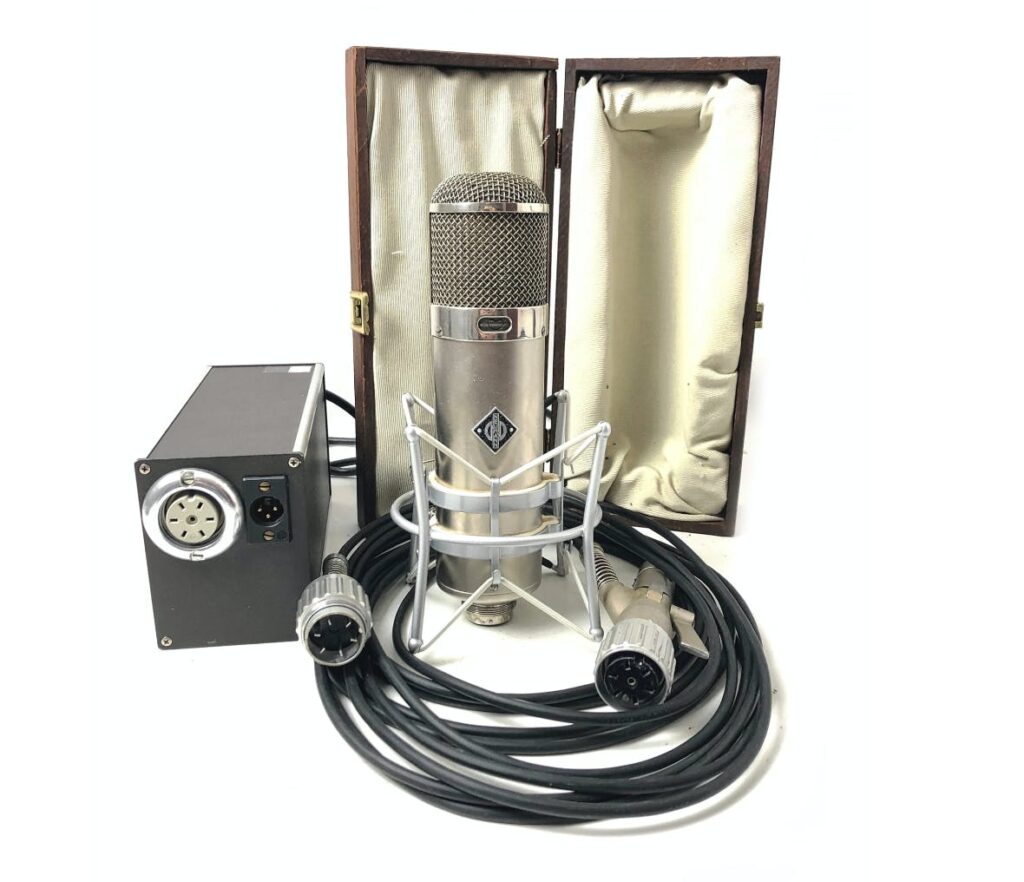
Sometimes, landmark products are special simply because they represent a historical turning point. Though impractical and outdated, their value as a socially-significant value has only gone up.
A great example is the world’s first mobile phone: The Motorola Dynatac 8000X. Zack Morris should have hung onto his: This thing fetches up to $10k today.
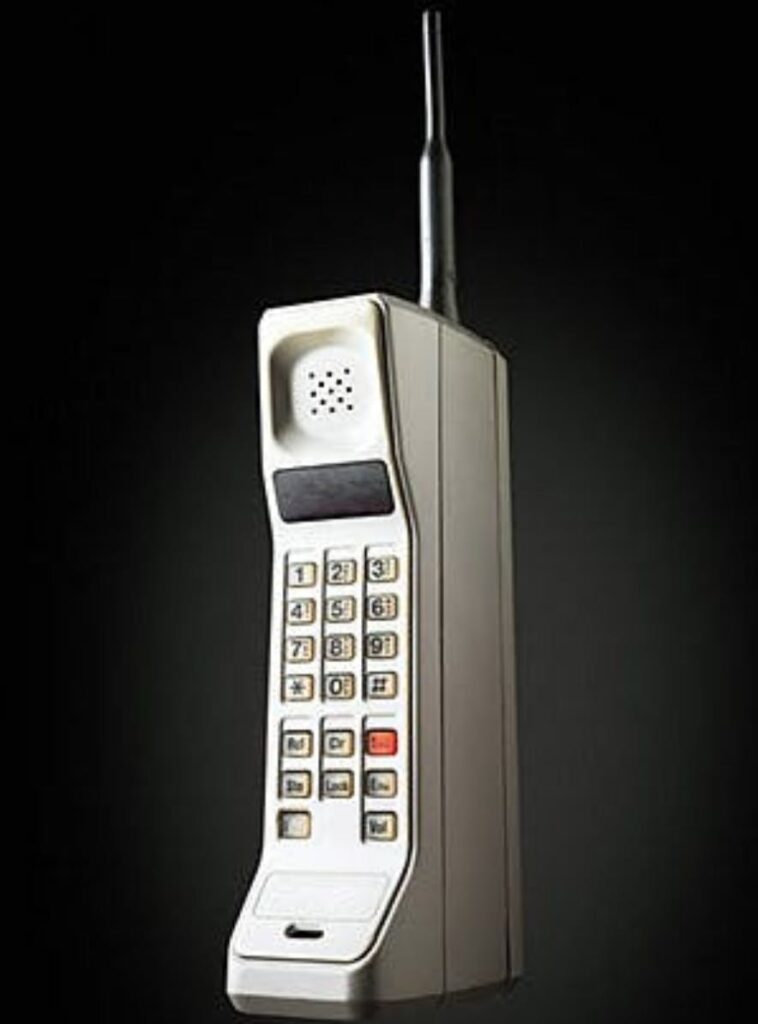
The nostalgia factor
As with so many collectibles, nostalgia is a huge factor.
Those born in the 60s and 70s got to see the birth of the tech revolution. They experienced the world’s first TVs, computers, and mobile phones. They remember a world where electronics were novel and exhilarating. Collectors often want to recapture that feeling.
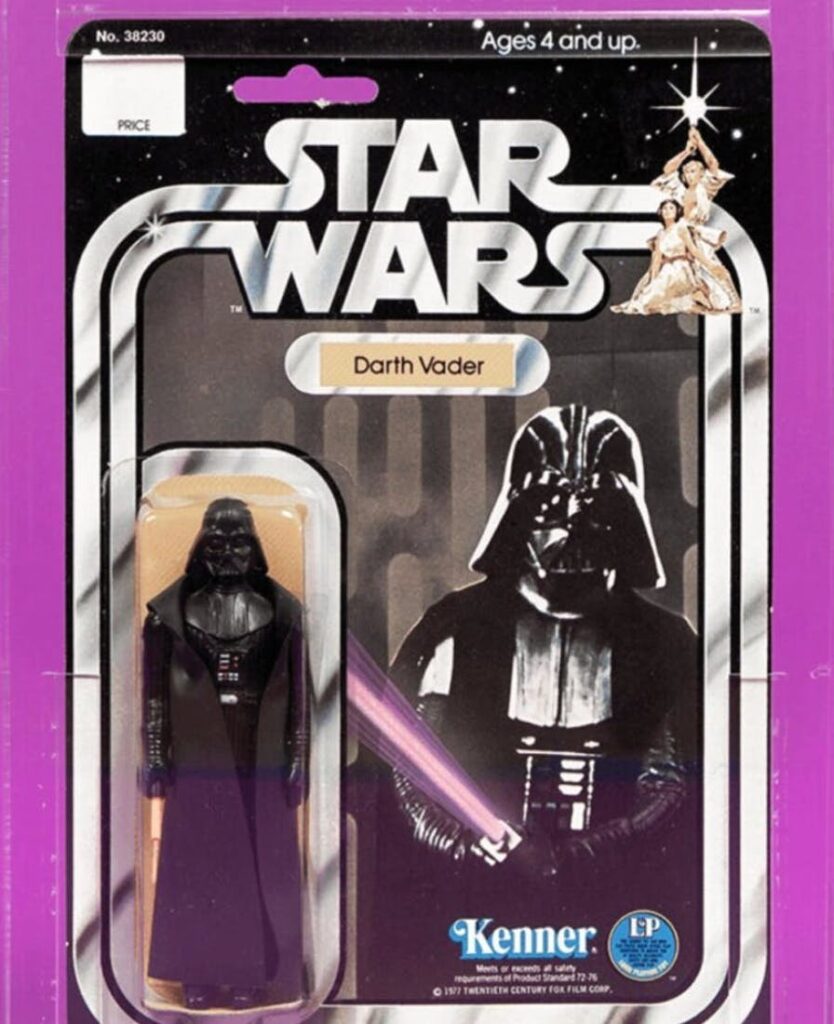
Types of vintage electronics
Vintage mobile phones 📟
A great example of the nostalgia factor is mobile phones from the 90s.
Okay, so these things are infinitely weaker and less useful than even a decade-old iPhone. If you’re lucky, you might still be able to play a game of “Snake” and maybe send a 10-word text. And yet, a working Nokia or Motorola brick can set you back over $300.
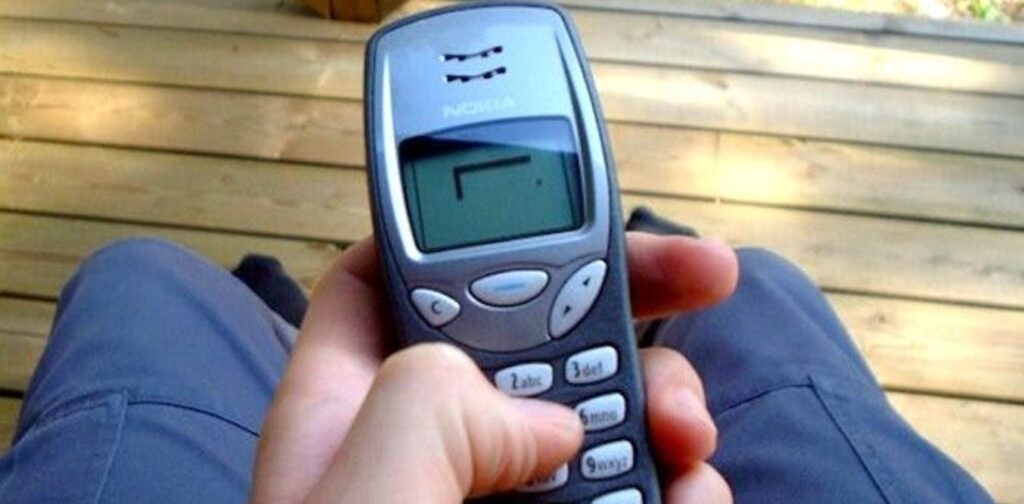
At the onset of the 2000s, you weren’t a cool businessperson unless you had a Blackberry. People could finally start composing messages longer than a paragraph without getting arthritis. (Hooray!)
Have these things kept their value? Oh yes. Today, you can grab one for $3,000 — a whopping 3x the price of a brand new iPhone 13 Pro Max.

Vintage audio equipment 🎙️
Just a peek at the surging vinyl market showcases the resurgence of vintage audio as a whole.
On the whole, people seem to prefer the sound of older stereos. The trend may be towards miniaturization, but audiophiles swear by tubes (those older, bulky mechanisms used in speakers). And no matter how cheap and accessible contemporary stereos get, the demand for vintage audio hasn’t diminished.
Manufacturers have tried to recreate the sound of the holy grail of microphones – the Neumann U47 – since its release in the 1940s. Although synthetics are getting close to the mark, a real vintage Neumann sells for around $20,000.
The most-revered audio brand might belong to Western Electric (WE) for their iconic WE 753C loudspeakers released in 1946. They weren’t designed for consumer use, which makes them super rare.

Only one pair in decent condition is currently listed on eBay for $68,000.
And if you’re savvy with electronics, have a serious hi-fi setup, or just want cool-looking circuits to put on display, grab a 1935 Western Electronics 300B Tube Amp for $125k (no biggie)

It’s unlikely you’ll stumble across a WE electronic in your garage. But there are plenty of opportunities to make a dime off other old but functioning popular equipment.
Heck, original Sony Walkmans from the 80s can be worth up to $800.

Vintage Apple products
Apple has such massive cultural significance that they really need their own sub-category.
One Apple product in particular reigns supreme – the original 1976 Apple I Computer.
In 1976, computers were a mishmash of cables, wooden boxes, and a tiny, pixelated screen that resembled a Tamagochi:

But what about newer generation products? Is there a market for Apple electronics from the 90s to 2000s?
You bet there is.
The iPod Classic is the most beloved MP3 player of all time. Used iPod Classics currently sell for up to $400 — the price they used to retail for. (Let that sink in for a moment)
But a first-generation iPod Classic? Forget it. If it’s new & sealed, it’s worth over $20,000.
Heck, on Rally, there’s a 2001 1st gen iPod currently going for $37.5k.

So hold onto your iPads, and especially your iPods. If it’s a sealed 1st generation, it’s a keeper.
Vintage video game consoles 🎮
When you think of vintage video games, the words ‘Atari’ and ‘Sega’ probably come to mind.
The price of a 1970/80s Atari 2600 can easily reach $2,000, depending on condition and rarity, while Sega Mega Drives, Dreamcasts, and Genesis are now pushing $5,000.

And while these are awesome collectors items (and fun to play), the chances of people still having vintage Segas or Ataris are fairly low.
Nintendo’s game-changing Nintendo 64 was released in 1996, and has held up consistently well. It’s even starting to test new highs.

It’s rare for a console to increase in value after being released only 5–10 years ago. But the Nintendo Switch dropped in 2017 for about $299, and used consoles already rival the original price of $250.
The PlayStation 3 was initially priced at $599 and can now be had for under $100. (Given what’s happened with the Switch, it might be wise to start scooping these up…)
Fun Fact: The most expensive video game console ever sold was this 22-Carat Gold Nintendo Wii. It weighs over 4 pounds and contains 78 diamonds.

Tips for acquiring vintage electronics
- Ransack your garage or parent’s attic. This is always step 1.
- Don’t bother with stuff that isn’t in decent shape. If you wouldn’t want it displayed, chances are nobody else will either.
- Stick with prominent brands. Sony, Sega, Pioneer, Nintendo, etc.
- Research the products on eBay, Craigslist, and PriceCharting to get an idea of which ones are in demand
- Second-hand shops and online marketplaces can provide good bargains, but estate sales are better. Still plenty of arbitrage opportunities in estate sales.
- Flea markets are your single best bet for finding gold. Always.
- Anything that looks like a limited edition is worth serious consideration.
- Don’t worry if it seems too random or niche. Zelda-themed consoles, Coca Cola-branded robots, and hi-fi systems only released in Japan can be very valuable.
But the biggest tip of all is simply to HODL!
Don’t enter this market looking for quick flips. Remember, the market cycle for nostalgia is about 20–30 years, or one full generation. This makes sense; the people who grew up with these vintage electronics will have become adults in that time, pining for the sweet rush of nostalgia.
A great example here is Pokemon. The market for Pokemon items (cards, consoles, and games from the 90s) has exploded.
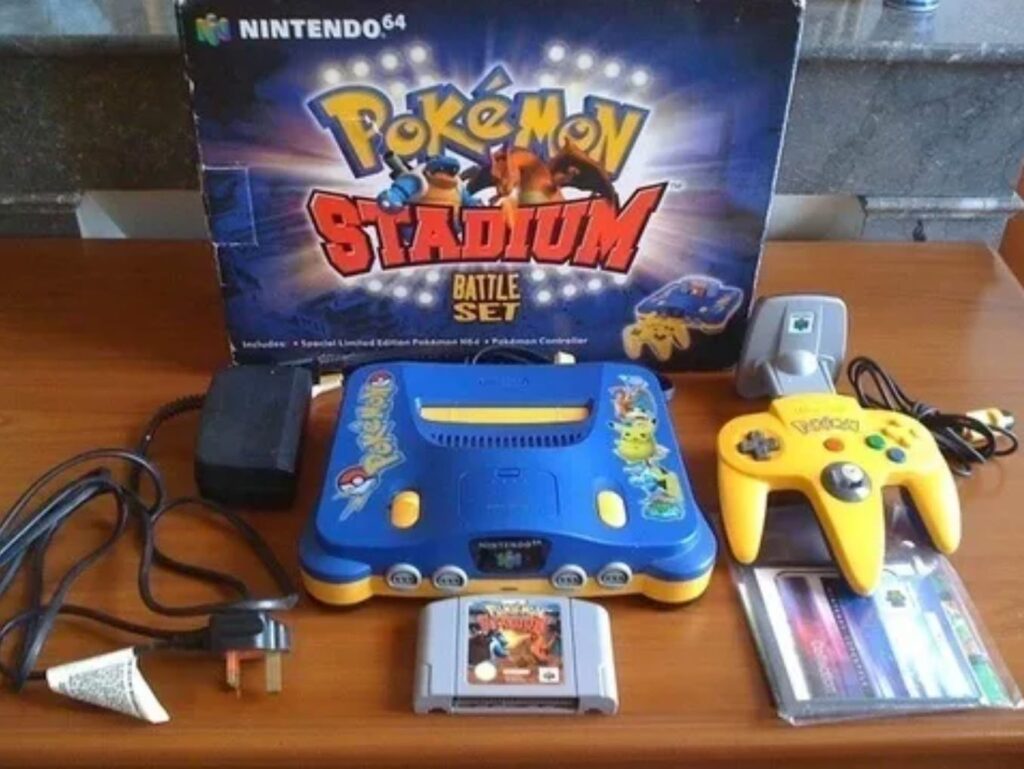
Other questions to ask yourself:
- What was popular during my childhood, or during my children’s childhood?
- Has the brand sustained its popularity since then?
- Has it been discontinued? If not, is it likely to be discontinued soon?
- Has a similar, older product seen a comparable rise in price?
- Can I source new/good condition versions of the product?
- Can I safely store this for 20 years?
Finally, and I cannot stress this enough, don’t wait for a discontinuation announcement!
If you believe iPads will be discontinued soon, get your hands on a new-in-box 1st Gen now. You can still find these for under $100! (Consider the iPad was released in 2010, so it may not receive attention until 2030. But it will receive attention.)
Conclusion
We don’t normally think of stuff that’s 15 years old as “museum-worthy.” But technology moves so fast now that historical significance itself is fast-forwarded. A lot of this stuff will be museum-worthy before you know it.
Vintage electronics present an opportunity for savvy collectors. I know for a fact I have an army of vintage Nokia cellphones ready to do my bidding. These phones may not be particularly useful or pretty to look at, but they tug at the heartstrings of those who grew up with them.
The best part about this market is that technology isn’t going anywhere. It never stops moving forward. These opportunities will continue presenting themselves. Whether it’s an iPad 1st generation, a Nintendo Switch, or JBL speakers, you can rest assured that something from this generation of electronics will take off down the line.
So scoop up all the new iPhones and iPads you can now, and thank us later. 😉












